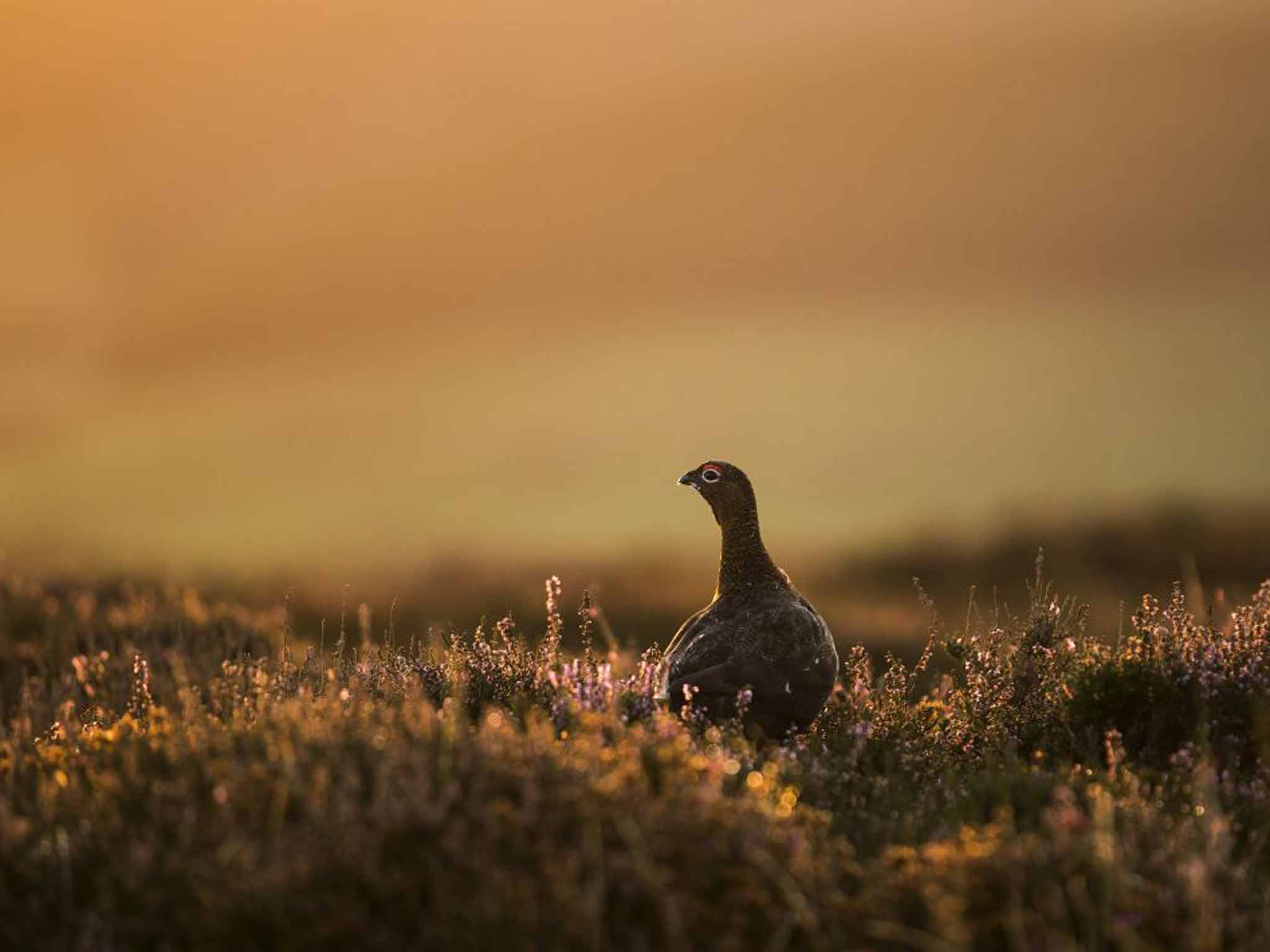Nature Studies: Campaigners are taking aim at grouse shooting, and they're spot on
Although it's not actually the killing of grouse that is the problem – but the impact it has on one of their predators

Your support helps us to tell the story
From reproductive rights to climate change to Big Tech, The Independent is on the ground when the story is developing. Whether it's investigating the financials of Elon Musk's pro-Trump PAC or producing our latest documentary, 'The A Word', which shines a light on the American women fighting for reproductive rights, we know how important it is to parse out the facts from the messaging.
At such a critical moment in US history, we need reporters on the ground. Your donation allows us to keep sending journalists to speak to both sides of the story.
The Independent is trusted by Americans across the entire political spectrum. And unlike many other quality news outlets, we choose not to lock Americans out of our reporting and analysis with paywalls. We believe quality journalism should be available to everyone, paid for by those who can afford it.
Your support makes all the difference.So the “Glorious Twelfth” is nearly upon us again: in a fortnight’s time, on 12 August, the grouse shooting season opens, and the heather moorlands of Northern England and Scotland will ring out to the sound of shotguns firing on the world’s most expensive gamebirds.
This annual ritual has long been part of the caricature of your typical toff, although the shooters today are just as likely to be hedge fund managers, or Belgian industrialists, as members of the aristocracy, as what you need to take part is lots of lolly: a day’s grouse shooting for eight guns can be £35,000. The opening of the season is usually greeted by articles in the right-wing press discussing how good the bag may be, but this year is accompanied by comment of a different nature: a book suggesting forcefully that there is something criminal at the very heart of it.
The book is Inglorious (Bloomsbury, £16.99), by Mark Avery, formerly Conservation Director of the RSPB. It is an attack on the grouse shooting industry, but not for the usual reasons: Dr Avery is not attacking it for the cruelty of the killing, or suggesting that grouse as a species are threatened; he is not even attacking shooting as a sport.
He is alleging something specific: that the particular way in which grouse are currently pursued – driven grouse shooting, in which the birds are flushed by beaters towards the waiting guns – simply cannot be done without breaking the law, and so should be banned.
For driven grouse shooting requires a big crop of birds every season, and a grouse moor is essentially a farm in which they are bred in much larger numbers than they would occur in nature, with gamekeepers ruthlessly killing all their possible predators, such as stoats, weasels, foxes, crows and magpies. This is legal. But there is one major predator of red grouse whose killing is a crime: the hen harrier, one of our loveliest and most charismatic birds of prey, which has been fully protected by law since 1954.
Grouse moor owners long contended that hen harriers took large numbers of expensive grouse, especially the chicks: conservationists said they were exaggerating. But the owners were proved right, by an experiment in Scotland, (supported by both sides of the argument), where hen harriers on Langholm Moor, when left alone by gamekeepers, increased in numbers from two pairs in 1992 to 20 pairs in 1997, by which time they were taking so many grouse that the moor was no longer economic.
But what the Langholm study also demonstrated was that to be successful, any grouse moor had to have its hen harriers killed; and it dawned on the conservationists that this must have been happening for all the years the bird had been legally protected. It is Dr Avery’s contention that it is continuing today, systematically. The direct evidence is slight, but the circumstantial evidence is overwhelming, and is set out in detail in Inglorious: for example, there is suitable habitat in England alone for 330 pairs of hen harriers, but only four pairs nested successfully in 2014, and only two pairs the year before; this year, three nesting males have mysteriously disappeared.
A week on 9 August, Dr Avery will be heading up Hen Harrier Day, when a series of demonstrations across the country will demand that this most beautiful of our birds of prey be protected from persecution as the law requires. Dr Avery himself will be in the Goyt Valley, near Buxton in Derbyshire; if you want to go along, look at Birders Against Wildlfe Crime.
The conclusion of his riveting book is simple: driven grouse shooting requires the suppression of hen harriers, which is a crime, and so should itself be outlawed. The logic is impeccable.
Join our commenting forum
Join thought-provoking conversations, follow other Independent readers and see their replies
Comments